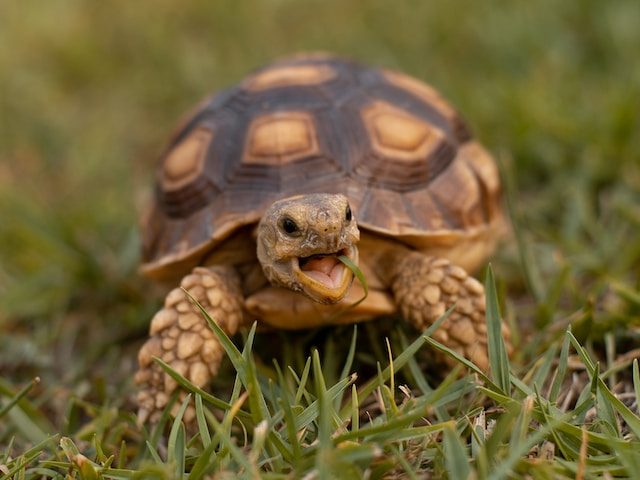
Basic Ponytail Palm Care
Although you might be thinking it’s difficult to keep such a tropical plant in your home, the Ponytail Palm is actually one of the lowest maintenance houseplants out there. They love sunshine which makes them one of the only window-sill plants during summer and they don’t require much water so that’s one more thing to strike off your to-do list.
The only negative of the Ponytail Palm is that they are slow growing so don’t expect to see lots of new growth popping out all of the time. But on the bright side, it means your plant won’t outgrow the space any time soon!
DetailedPonytail PalmCare Information
Ponytail Palms love full sunlight
Ponytail Palms can deal with full sun for the entire day so are great for those empty windowsills that are too bright for other plants. But the best thing about Ponytail Palms is that they also survive in lower light areas.
Water your Ponytail Palm infequently
Ponytail Palms are a type of succulent meaning they don’t need a lot of water. We recommend watering fortnightly in summer but dropping back to once a month in winter. Too much water can very quickly lead to root rot which can kill your Ponytail Palm.
Ponytail Palms don’t like high humidity
Ponytail Palms thrive in dry air and really won’t do well if you try to increase the humidity.
Average room temperature is best
Keep your Ponytail Palm away from cold temperatures (drafty windows, AC vents etc). Room temperature and a little above is best for your Ponytail Palm.
Don’t fertilise a Ponytail Palm often
Ponytail Palms don’t require regular fertilisation. Instead, you want to fertilise once at the start of spring and leave it for the rest of the year. Ponytail Palms are susceptible to fertiliser burn so you want to be careful.
Use well-draining soil
Ponytail Palms require well-draining soil to prevent root rot. You want to use a specific cactus or succulent mix as these contain ingredients such as perlite that help with aeration and drainage.
Propagate using offshoots
Sometimes Ponytail Palm product small offshoots from the base of the main stem. Wait until these grow several centimetres in height before cutting them off the mother plant.
Ponytail Palms are non-toxic
Another reason we love Ponytail Palms is that they are completely non-toxic and safe for pets and humans!
Ponytail Palm FAQs
Can Ponytail Palms grow indoors?
Yes, Ponytail Palms make great indoor houseplants as they can thrive in a range of environments. You might think that tropical houseplants couldn’t survive in colder climates but these palms are great!
How quickly do Ponytail Palms grow?
Ponytail Palms are quite slow growing so don’t expect to see new leaves popping out all of the time.
The benefit to this is that they are great for smaller spaces and won’t outgrow your home anytime soon.
How tall do Ponytail Palms get?
When grown indoors as houseplants Ponytail Palms can reach about 4 feet. However, when grown outdoors in their natural environment they can reach about 25-30 feet!
How long do Ponytail Palms live?
With the right care and in a good environment, a Ponytail Palm can live for several decades.
Are Ponytail Palms air-purifying?
It is thought that Ponytail Palms do cleanse the air and rid it of toxins. In NASA’s list of the best air purifying houseplants, Ponytail Palms came in pretty high up. Just another reason to love having them around.
Common Problems with yourPonytail Palm
Here are some common issues that you might run into. It’s important to diagnose any issues early to give your plant the best chance of bouncing back.
Why does my Ponytail Palm have yellow leaves?
Yellow leaves on a Ponytail Palm can indicate overwatering. Check the soil to see how much moisture it contains (you want the potting mix to feel dry) and replace if necessary.
Why does my Ponytail Palm have a mushy stem?
A mushy stem can indicate that your Ponytail Palm has been overwatered. This can be easy to do because they really don’t require much water at all.
Why does my Ponytail Palm have brown tips?
Brown leaf tips on a Ponytail Palm can be a difficult one to diagnose because there are several causes. We recommend going through each one to eliminate it. Causes of brown tips include: overfertilisation, underwatering or too much direct light.














